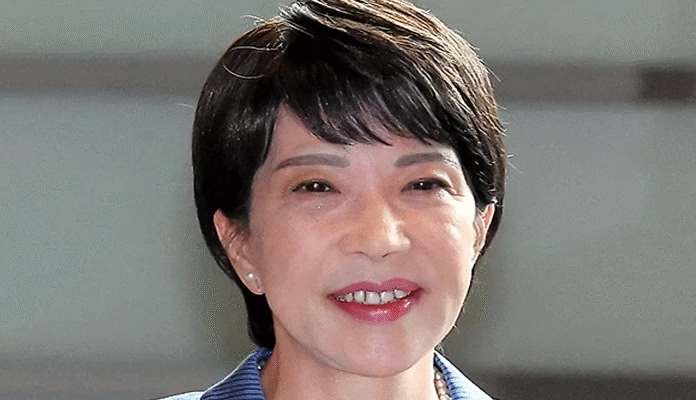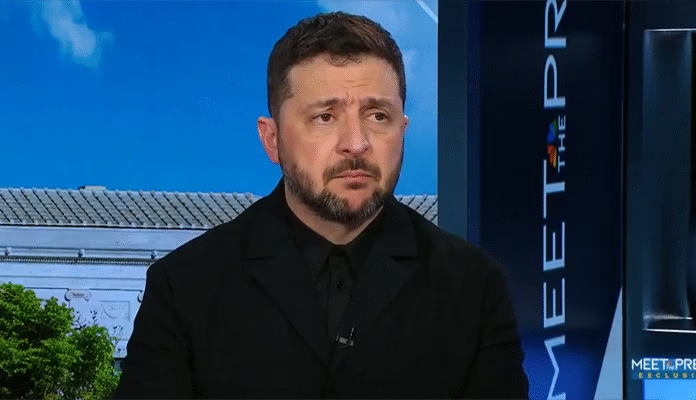 Dr. Sanjoy Chowdhury from India won the World Championship – 2019 in Ophthalmology (Leprosy; chronic infectious disease) making country proud. World Championship is the biggest event on earth in Ophthalmology, organized by International Agency for Standards and Ratings (IASR) at international level.
Dr. Sanjoy Chowdhury from India won the World Championship – 2019 in Ophthalmology (Leprosy; chronic infectious disease) making country proud. World Championship is the biggest event on earth in Ophthalmology, organized by International Agency for Standards and Ratings (IASR) at international level.
IASR honors legends in academics. The purpose of the award is to identify brilliant scientists and academicians around the world through World Championship, informed an official.
World Championship organizes international meritorious competition every year for Best Thesis and Dissertation Award, Doctoral Research Award and milestone international research articles; a platform for world’s latest and breakthrough research. It’s a spectrum of brilliant scientists who creates history with their unbeatable leadership and stardom.
Dr Sanjoy honored for his research on the prevalence of eye injuries in leprosy and normal patients.
His research was based on the observational study conducted in 200 members, of which 100 leprosy patients were taken as a cohort and 100 healthy normal individuals were taken as controls in a village Kumrudih over the period from June 2017 – June 2018. After taking consent detailed medical history was taken from each individual and clinical eye examination was done and findings were recorded.
During study Dr Sanjoy found that out of 100 leprosy patients 8 had trauma to the eye, 20 had a corneal foreign body, 20 had corneal ulcer had undergone delayed treatment as they were unaware of injuries mostly so visual outcome was worse. Out of 100 healthy controls, 2 had a history of trauma to the eye, 6 had a corneal foreign body, 4 had corneal ulcer had undergone early treatment and the visual outcome was good.
In leprosy the organ most often involved after the skin, nasal mucosa and peripheral nerves are the eye. The eye is liable to infiltration as soon as the disease agent disseminates through the bloodstream. The leprosy bacilli may be present in any part of the eye, but the main lesson is almost always in the structures of in anterior segment, said Dr Sanjoy.
Dry eye occurrence in leprosy patients is due to decreased reflex secretion from the lacrimal gland. An abnormal TBUT was frequently observed in this study results which could be explained by poor lubrication and wetting of the corneal epithelium. A continuous tear film across the cornea and conjunctival surface forms with difficulty due to lack of good blinking of lids and a deficiency of mucin layer in leprosy. Regardless of the origin all dry eyes lead to desiccation and necrosis of conjunctival epithelium with the cornea ultimately responding with vessel in-growth and scarring, thus leads to eye morbidity, he said. Corneal sensitivity is reduced in leprosy patients. As there is lagophthalmos and decreased reflex blinking seen in leprosy patients compared to controls, the patients are more prone to exposure to foreign bodies and often associated with late presentation, due to corneal hyposthesia in these patients. Further corneal ulceration leads to corneal opacity which ultimately leads to blindness in leprosy patients.
Corneal opacity is the commonest cause of blindness, which is logical as lagophthalmos and corneal ulceration are more common. The study done in Nigeria 28% leprosy patients were blind due to corneal opacity, it confirms that cornea is a target organ either indirectly or directly through the spread bacilli by an exogenous, haematogenous, or neurogenous route, he said.
This research shows that leprosy patients are more prone to eye injuries than normal healthy individuals. An eye injury causes blindness in leprosy patients due to reduced blinking, corneal hyposthesia and lagophthalmos.
So, early diagnosis, regular eye check-ups, self-examination, self-protection, and early intervention can reduce the eye morbidity in leprosy patients. In remote areas where health facility is scarce awareness regarding disease entity and prevention are the best tools in improving the overall quality of life of leprosy patients.
About Dr Sanjoy Choudhary
Dr. Sanjoy Chowdhury is an honors graduate of Calcutta Medical college (MBBS: 1987), who trained in Ophthalmology at the University of ALIGARH, receiving postgraduate “diploma “with university GOLD MEDAL (DO: 1990) and at the University of Delhi, India to bag the Master’s degree (MS: 1993).
He is a “Diplomat of National Board of Examinations (1992)” and is a very experienced microsurgeon with a special interest in Squint and community Ophthalmology mainly Leprosy& eye injury.Dr. Chowdhury believes in a teamwork approach to patient care. His goals include establishing an excellent doctor-patient relationship to develop a personalized treatment plan and then applying the most modern and successful treatment options at an affordable cost through innovation.
Eye Care: More than 25500 surgeries (Cataract, Squint, Oculoplasty, Glaucoma)
OPD Care: Yearly on average 40000 patients per year for last decade
New therapeutics in hospital: IOL (1995), SQUINT (1995), SICS (2004), Phaco (2010), lasers (2011), Botox & Anti-VEGF (2012), Keratoplasty (2013).ISO: 9000 Certification
Academic: More than 200 presentations including 50 International.
Awards: More than 20 awards including 2 from American Academy (International scholar2010), 2 from Germany and Col. Rangachari Award (2000), AIOS award for best paper in ophthalmic education, epidemiology and prevention of blindness, 2014, AIOS EV Srinivasan award 2015
Fellowship Awards: 10 including AIOS RESEARCH FELLOWSHIP at Sankara Nethralaya (1998), First ICO fellow from India(Germany2002), Bausch & Lomb fellowship to Singapore(2003,2005), WOC fellowship to Sydney (2002) & Beijing(2010), WHO fellowship to Durban(2006)
Social: Eye care in Leprosy (16 yrs.) Ocular trauma (18yrs) Eye bank and cornea transplantation (2013), free eye camps for LION’S International (17yrs).
Organizer: 2 state conferences, 1 eastern zonal conference and many CME at Bokaro. Founder editor of Jharkhand Journal of Ophthalmology
Postgraduate Teaching: Introducing DNB at SAIL Hospital: Guide to 4 postgraduates,2 already passed.
Patent applied: Four (spectacle for Leprosy affected, Spectacle for dry eye, Spectacle for computer, spectacle-mounted synoptophore
Beyond EYE: Jawhar award, Best Innovative Manager in 2011 and 2013of Bokaro steel /SAIL & Best Male Speaker of AISMOC (SAIL/BOKARO), Director (Medical & Health Services, SAIL/BOKARO). Head of Ophthalmology Department, Bokaro General Hospital (ISO certified multi-specialty 910 bedded hospital)



